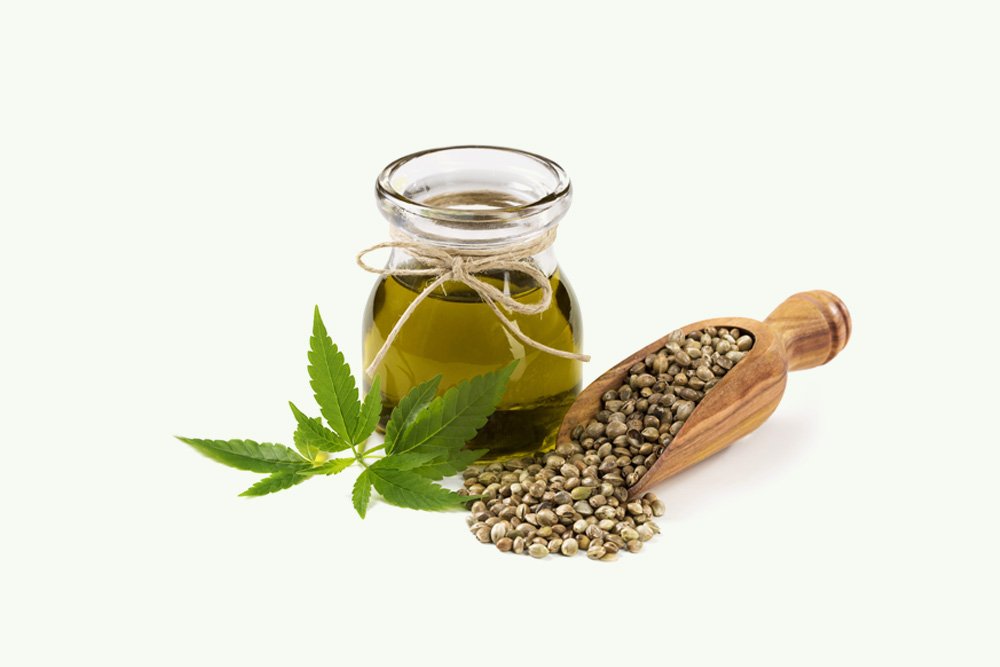

Cannabis has long enjoyed a folksy image as a “natural substance” untouched by the greed of Big Pharma profits. Over the last several decades in the US, its use for a variety of medical conditions has skyrocketed. These conditions include anxiety, depression, pain, nausea, epilepsy, insomnia, and inflammatory bowel disease.
The terms cannabis, marijuana, and even hemp are often used interchangeably, yet they don’t mean the same thing. Cannabis refers to all 540 known products or properties of the cannabis plant, the most common being several types of tetrahydrocannabinols (THCs) and cannabidiol (CBD).
THCs are the psychoactive portions of the cannabis plant that give you a “high.” Cannabis varieties that contain THCs at .3% or higher are referred to as marijuana and commonly purchased for “recreational” purposes.
CBDs are an extract of cannabis (a.k.a. medical marijuana) and are marketed as containing less than .3% THCs by dry weight. Hemp is
Last Generation is a magazine for people seeking spiritual answers to the current issues of our times.
Your subscription will give you:
*Digital-only subscriptions also available
Will Meek, “Effects and Risks of Using THC for Anxiety,” Verywell Mind, Apr. 26, 2023,
Andrew F. Scheyer et al., “Cannabis in Adolescence: Lasting Cognitive Alterations and Underlying Mechanisms,” Cannabis and Cannabinoid Research 8, no. 1 (Feb. 1, 2023): 12–23.
“What You Need to Know About Marijuana Use and Teens,” Centers for Disease Control, Sept. 8, 2021.
Ibid.
© Shutterstock.com